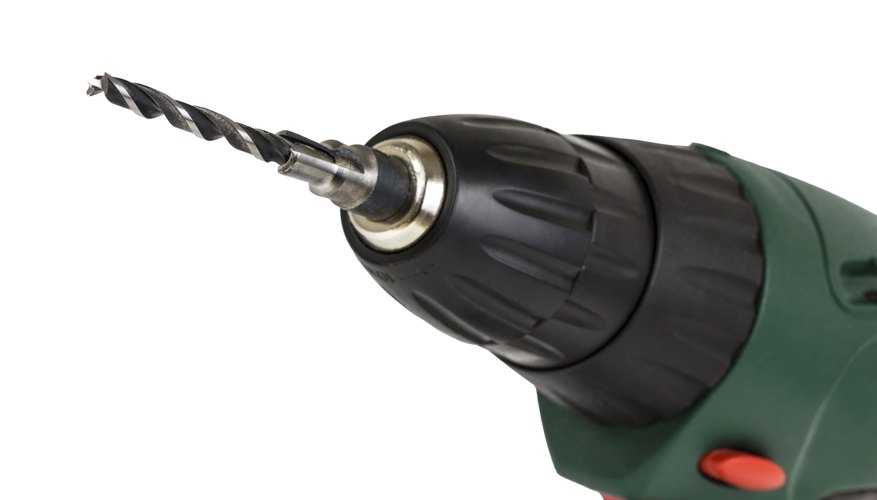Cutting a square hole in plastic or acrylic can be a breeze, using the proper technique. Acrylic and plastic are soft materials by nature, and power tools should be used with care. Electric saws or drills that operate at high speeds can melt or discolour the material. Be sure to adjust the settings appropriately before beginning.
Preparation
Locate the general position of the hole.
Apply strips of masking tape over the area to be cut, in parallel strips, allowing some overlap from one strip to the next. If the hole you intend to cut will be 5 cm (2 inches) square, you should tape an area twice that size. This will prevent damage while cutting and allow you to draw a template on the acrylic or plastic.
- Locate the general position of the hole.
- If the hole you intend to cut will be 5 cm (2 inches) square, you should tape an area twice that size.
Measure and mark an outline for the square hole using a pen or pencil.
Drilling and cutting
Drill pilot holes at the corners of the square. Avoid drilling the holes too close to the corners and make sure the edges of the pilot holes do not go beyond the outline drawn.
Attach the fine-toothed saw blade to the jigsaw.
Begin sawing from one pilot hole to the next along the marked outline, with the jigsaw set at a low speed. This will keep the material cool and prevent melting or burning.
Remove the excess material.
Use the flat steel file at the pilot holes to achieve precise corners. Remove the masking tape.
- Drill pilot holes at the corners of the square.
- Use the flat steel file at the pilot holes to achieve precise corners.
